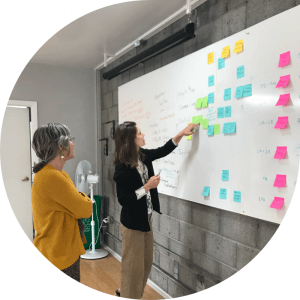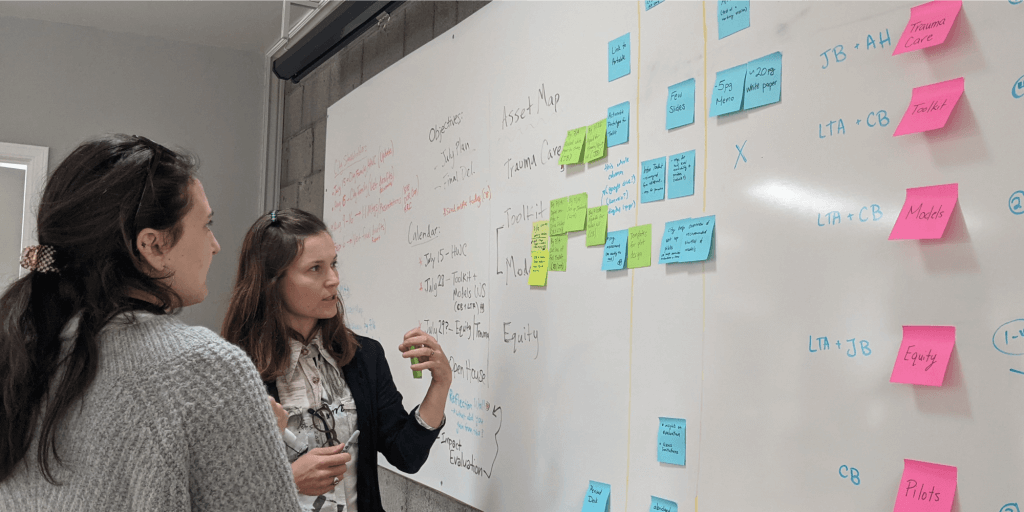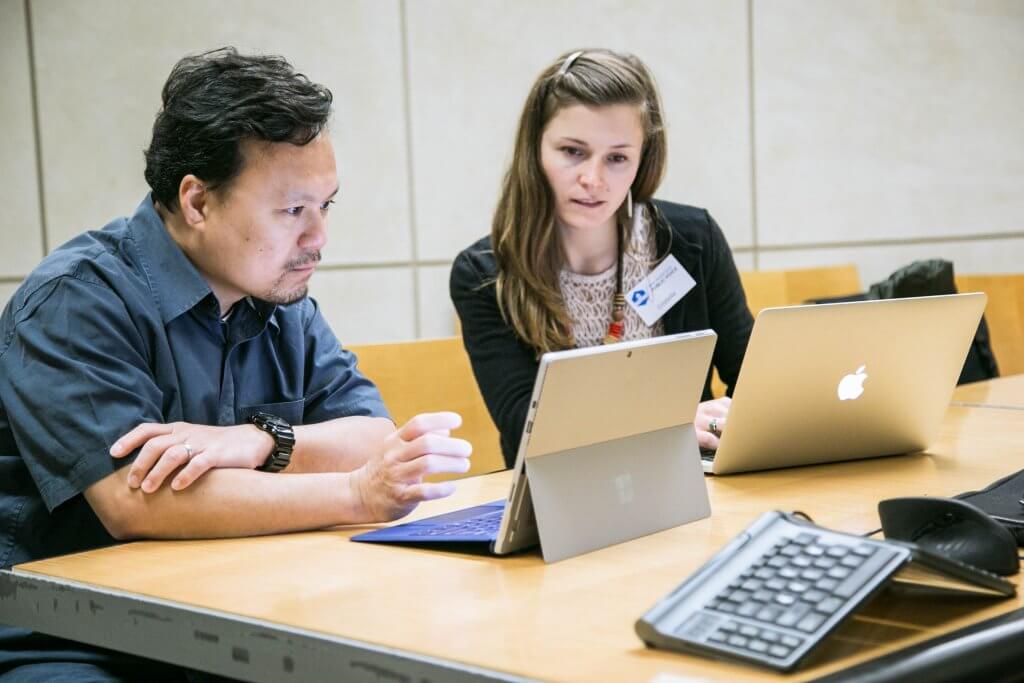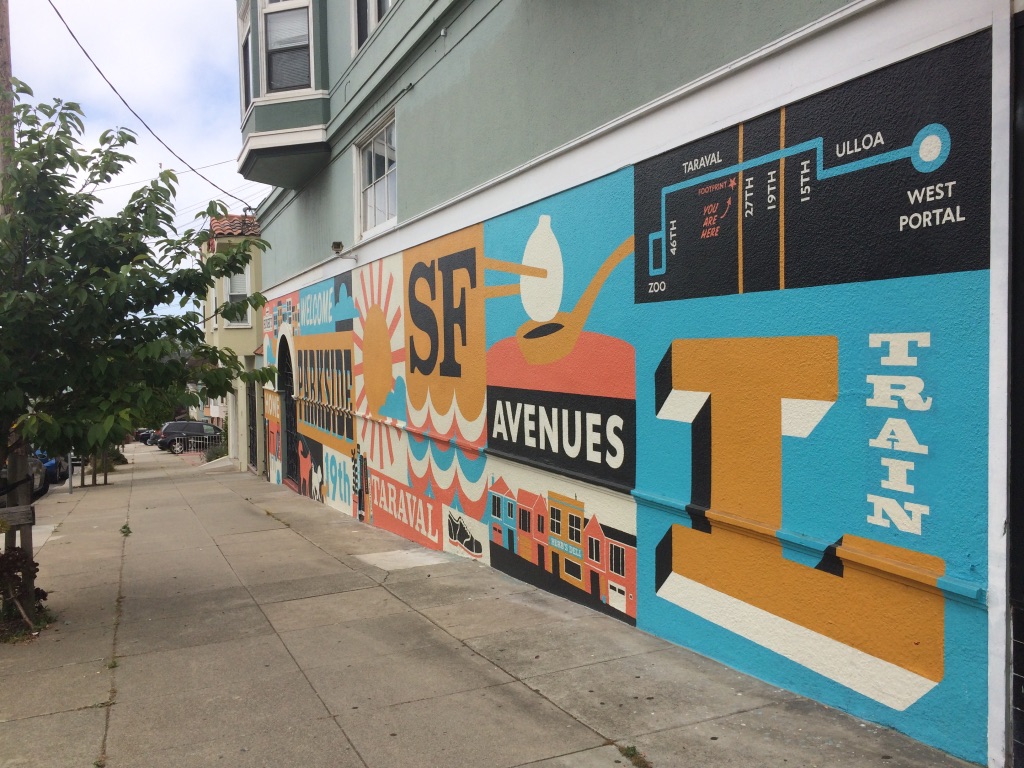Case Study
ETP – Application Process Evaluation

Service design is a method for creating programs and services that are desirable and accessible to their intended audience. We employ service design to ensure that public services address the needs of the community, and that the people, process, and infrastructure of services are aligned to deliver on those needs.
Well-designed services often mean the difference between someone getting access to crucial public services or going without. Whether your team provides workforce development services to people experiencing homelessness, building permits to residents, or counseling services to city employees, service design is a helpful tool to improve your programs’s effectiveness and impact.
Our work focuses on evaluating services and co-designing improvements, resulting in:
 Service design (as a field of design) is informed by numerous disciplines, including anthropology, user experience, and business process design. We take this same approach – drawing inspiration from various fields and industries and translating them for the public sector context. This broad approach allows us to offer these services in diverse contexts, such as:
Service design (as a field of design) is informed by numerous disciplines, including anthropology, user experience, and business process design. We take this same approach – drawing inspiration from various fields and industries and translating them for the public sector context. This broad approach allows us to offer these services in diverse contexts, such as:
As we grow the field of public sector service design, we are equally committed to sharing what we learn. Through our trainings and learning labs, we teach the basics of service design, share our unique approaches for cracking tough challenges, and share tools that anyone can use to design services in their job.



